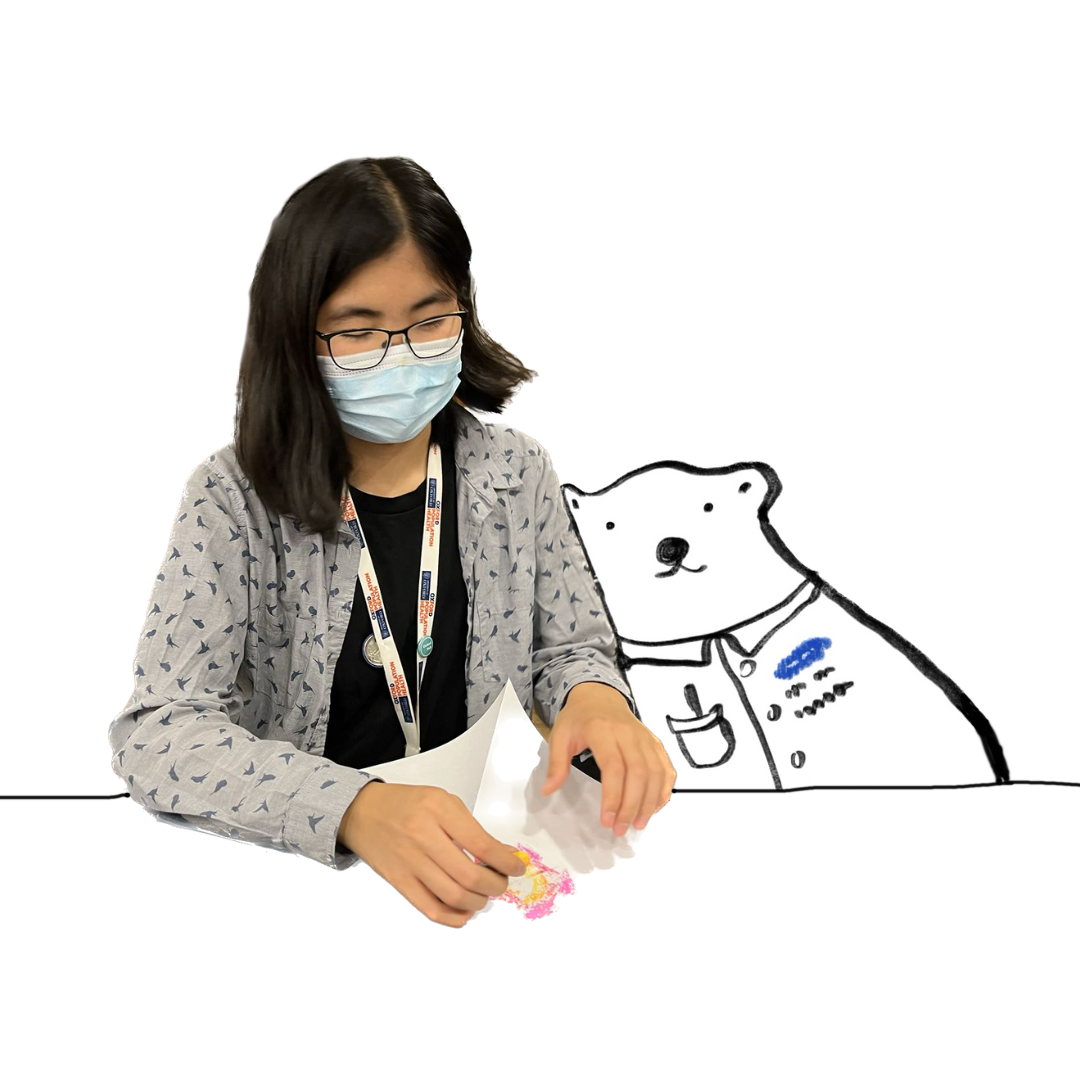Widening horizons: my first conference experience
Published:
Today’s post is a deviation from my typical day-in-the-life programming! I’d like to tell you about what it was like to attend the British Blood Transfusion Society (BBTS)’s 2024 conference, which marked my first time at a national academic conference.
Getting there: bouncing back from mild disaster
This year’s convening of the BBTS was held in Glasgow, Scotland’s largest city, and took place from September 17-19. That meant nearly seven hours of train travel from my home base, which, while generally convenient, was my least favourite part of the experience. In fact, I was so absent-minded on the day I was travelling that I boarded the wrong train and hastily got off before realising that I’d left my poster in the carriage that was, by then, speeding away. Posters are surprisingly costly to print (mine especially so given that I’d chosen a cloth medium rather than the typical paper). Luckily, the parts of the conference that were relevant to me didn’t start in earnest until midday on day 1, so I spent that morning whizzing around the city to collect my newly printed poster (this time, in boring paper) from a local business. I give a world of thanks to my parents, who travelled with me to the conference, for their support in bouncing back from mild disaster.
Oral presentations: the rare and the innovative
The majority of BBTS programming came in the form of oral presentations, where national leaders in diverse fields presented in front of large rooms with projected presentation slides. We heard about advances in manufacturing blood products, in treating haematological disorders, and in making the transfusion process safer, especially in light of the recent Infected Blood Inquiry. I was particularly fascinated to learn about the inner workings of this country’s blood service, including how IT systems sometimes had to be “broken” so that individual patients with extremely rare blood types could donate blood that they could then be transfused with after undergoing operations or treatment. I was, too, moved by the attention speakers paid to equity in transfusion, both for donors and patients, and the equal attention paid by attendees who were quick to engage in a Q&A session about transfusing trans patients. In every session that I attended, I attempted to (1) bring the donor perspective to the conversation if discussions centred only on recipient outcomes and (2) ask a stupid question. In one case of (2), I was particularly gratified when a representative of the UK’s haemovigilance scheme, Serious Hazards of Transfusion (SHOT), told me that one of my stupid questions was, in fact, a practical one of interest to clinicians.
Poster presentations: new perspectives on old issues
My poster was among 130 presented at this year’s conference, with most focussing on areas outside my research interests. Of those relevant to my work, I was most fascinated by posters on recruiting and stewarding the health of ethnic minority donors and novel ways of monitoring donation-related adverse events. I was also grateful to gain insights about international perspectives on transfusion medicine from a few posters exhibited by researchers based in South Asia and sub-Saharan Africa. When presenting my own work (which I will share here in due course!), I found that attendees were most interested by the dataset I’d used and my findings’ implications for donor care at the grassroots level. To be frank, though, the most useful discussions I had at this year’s conference were not centred around my poster. However, I still learned from the opportunity to see how diverse audiences perceived my ongoing work and managed to take note of interesting research areas that I may pursue in the future.
“Networking”: a series of delightful surprises
At the end of day 1, when I had tired everyone out with my stupid questions and was exhausted myself, I asked an attendee at one of the tables in the conference space whether I could sit down with her during a light buffet dinner. She readily accepted, and I learned that she was a donor nurse at a major blood collection site in London. We spoke for close to ninety minutes about her work, my research, music, the food we shared, underground stations, and other minutaie. After gaining a better understanding of how blood service staff communicate with donors and navigate the safety risks of donation, I felt more prepared to situate my research in current practice. And the rest of our conversation proved to me that networking can be an act of joy as much as a professional task or obligation. I feel incredibly fortunate that attendees at this year’s conference worked both at the individual scale with donors, patients, and scientists as well as at the national scale with policy, guidelines, and data collection mechanisms. Among other invaluable connections from those three days included a researcher using local data to understand the consequences of iron deficiency, a handful of consultants in donor medicine who spoke to ongoing evidence-building in adverse event measurement and prevention, fellow students in disparate sub-fields of transfusion, and a patient representative who has received a lifetime of transfusions.
What next?
Attending BBTS 2024 showed me the importance of engaging with blood service stakeholders outside my research team and our immediate collaborators. It also showed me that despite how intimidating entering conference spaces can feel, I do enjoy them - especially the feeling of coming together to applaud the astounding work of people you’ve never met. I’ll be looking out for future opportunities to convene with others in my field as soon as I can, and I think you should too :)
